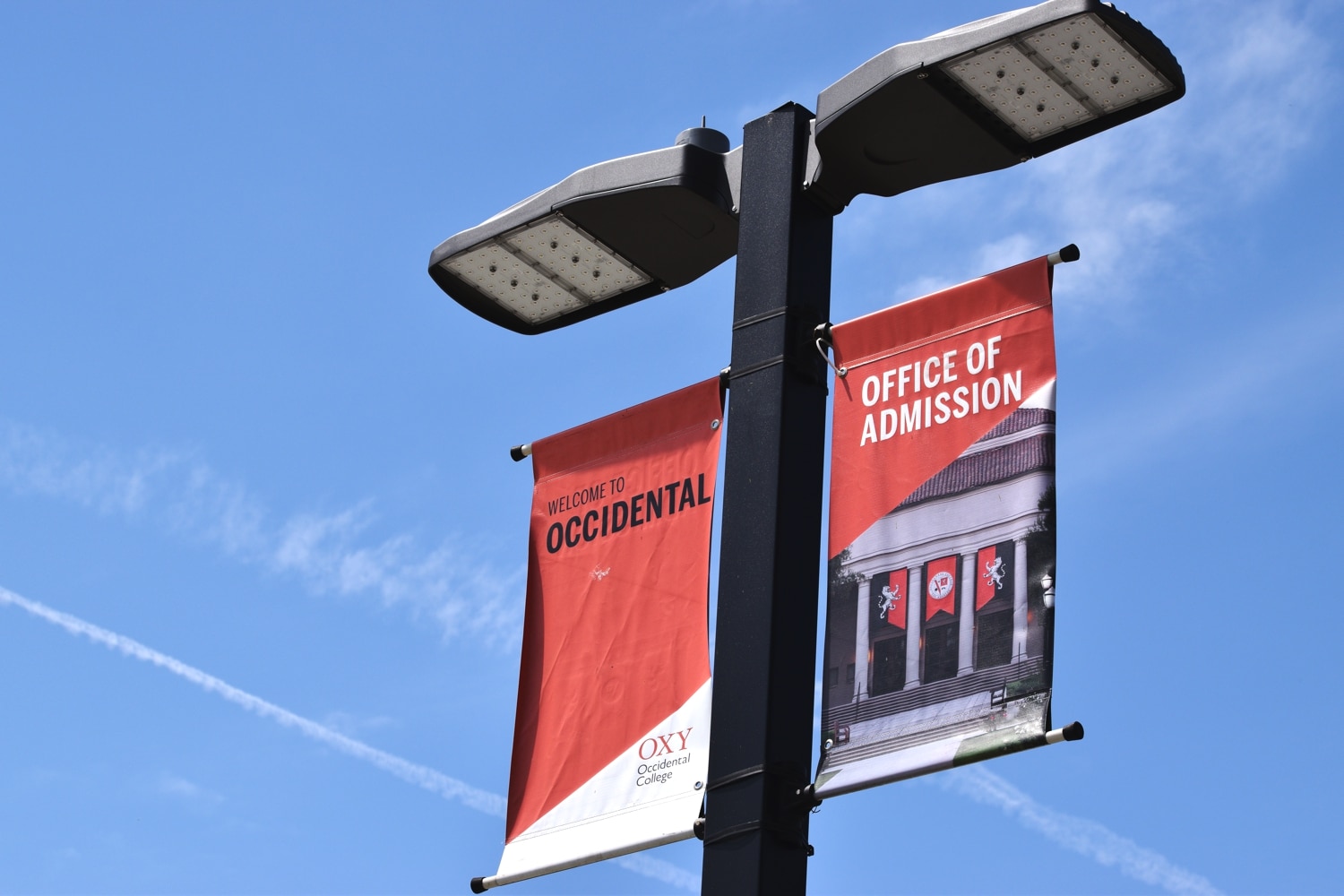Imagine hurriedly stopping at your local coffee shop on your way to work in the morning. Bleary-eyed and un-caffeinated, you approach the counter. Let’s say you order a double shot latte. Now imagine that instead of asking about your milk preference, the barista asks your opinion on race relations in America.
Until this past Sunday, this was exactly what Starbucks baristas all over the country were instructed to do. As part of the company’s new multi-faceted campaign to combat racial inequality in America, employees were asked to write “Race Together” or put stickers with the phrase on customers’ cups in an attempt to start discussions about race. This short-lived component of the Race Together initiative, while well-intentioned, was an embarrassing, half-baked attempt for a corporate giant like Starbucks to wave a flag around that says, “Hey, we care too!”
According to company spokesman Jim Olson, this piece of the campaign was only designed to last a week and was not halted in the face of criticism. Apparently, “one week felt like the appropriate amount of time” to talk about racism. At first glance, this is an extremely disrespectful statement to make in light of recent (and perpetual) racially-fueled violence in this country. Upon further inspection, the decision to flash-publicize the issue of racism for a short period of time effectively likens it to a sale or special promotion, making it hard to see this campaign as anything but a marketing scheme.
The Race Together campaign is questionably reminiscent of another of Starbucks’ social advocacy projects. According to the Wall Street Journal, two years ago employees in the Washington, D.C. area were instructed to write the words “Come Together” on cups to encourage Democratic and Republican congressional leaders to work cooperatively toward resolving the fiscal cliff. It’s almost like Starbucks is just picking the next hot social issue and applying the exact same remedy each time: crafts! Clearly, the issue of Congressional dissonance is behind us, and it’s time to fry some bigger fish. Why not tackle racial inequality?
In a letter to employees published on the company’s website, CEO Howard Schultz waxed patriotic, writing that “the heart of Race Together has always been about humanity: the promise of the American Dream should be available to every person in this country, not just a select few.” As if that weren’t already glaringly obvious. Thanks for the eye-opening perspective on racism, Howie, you’ve really got it all figured out. He’s found a solution, too: slapping edgy, minimalistic “Race Together” stickers on iced green tea lemonades across the nation.
Clearly, we need to be talking about race in this country. We need to be shouting about it—that’s why this painfully misguided campaign ever happened in the first place. But having a contrived, polite-yet-awkward conversation with your barista while you hold up the morning line is not the way to do it. Now is not the time to be brief, nor is it the time to be courteous. As John Oliver, host of “Last Week Tonight with John Oliver,” recently joked about the campaign, “There is a time and a place … but it is not in the time it takes to whip up a tiramisu Frappuccino.”
If Starbucks is aiming to lead by example in its effort to spark conversations about racial inequality, some of the company’s statistics become very questionable when examined within the context of this campaign. While the company’s employee base is fairly diverse (40 percent are people of color, according to National Public Radio), the executive board is 82 percent white and 82 percent male, according to the New York Times. Talking the talk can inspire change, especially if you’re a multinational, multi-billion dollar company, but loudly espousing progressive ideals without backing them up in every nook and cranny of your business model is, frankly, shameful. Displaying diversity behind the trademark green apron and visor is not enough.
There are other aspects of the initiative that appear to be addressing racial issues in a more effective manner, but when it all boils down, it’s hard not to see this campaign as one big publicity stunt. For example, Schultz has promised to “hire 10,000 [underprivileged] youth over the next three years, expanding [the] store footprint in urban communities across the country.” While job creation is certainly praiseworthy, building more stores in minority communities seems like little more than a thinly-veiled way to increase the company’s profits. If Starbucks’ formula for social advocacy includes speaking out against injustice while also expanding their business model, then they are capitalizing on the deaths of Michael Brown, Eric Garner, Tamir Rice, Trayvon Martin and thousands of other victims of racially-fueled violence in a way that is truly dishonorable.
For all of the criticism being hurled at Starbucks, they cannot be reprimanded for trying. They have an enormous amount of social clout in this country, and acknowledging that power and attempting to use it to incite change is nothing but benevolent. But the short-sighted, lazy, “I came to class for my participation grade but spent the whole time in the bathroom” way in which Starbucks joined this conversation is disgraceful. One would assume that, as a company with so much visibility, they would be able to predict that a nation embroiled in unambiguous, lethal racial conflict would take offense to such a petty contribution.
The questions that float to the surface amidst all of this are difficult to grapple with. When it comes to creating conversations about race, should quality or quantity take precedence? Who gets to make that call? Are we sacrificing the productivity of our conversations by attempting to mass-produce them?
Ideally, every conversation about race would be a productive one. But in this situation, trying to maximize the number of discussions we have is compromising those discussions’ worth and trivializing the biggest issue that our nation currently faces.
The Race Together initiative was clearly trying to increase the number of conversations on race that our country is having, but John Oliver really hit the nail on the head when he said that a conversation during the time it takes to make a fancy drink at Starbucks cannot be productive. So I present a modified initiative: go to Starbucks or wherever it is you go. Once you’re caffeinated, grab a friend, grab a stranger, sit down, and start talking.
![]()


































